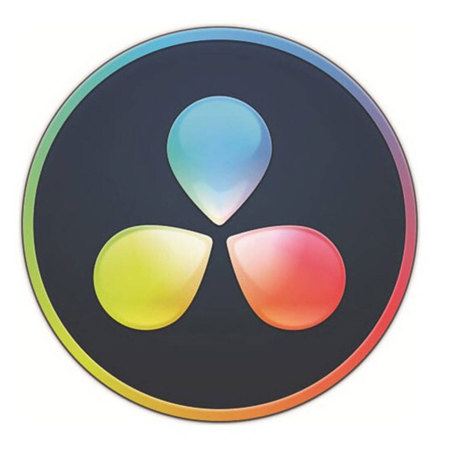
If you’re working professionally, these render times can easily add up to hours, and the boost in productivity alone is worth the upgrade. With my 2019 iMac, a Radeon Pro Vega 48 graphics card, and Resolve Studio, I can render 4K raw footage at almost 60 fps, versus 14 fps in the free version.


This makes the free version one of the slowest video renderers, and depending on your GPU, the paid version the quickest. Speaking of speed, probably the most “bang for your buck” reason to upgrade to Studio is that the paid version is able to utilize your graphics card to process video, whereas the free version relies totally on your CPU. Upgrading to Resolve Studio unlocks powerful collaboration tools. Most people are aware that there are two versions of Resolve - a free basic version that has every tool you need to edit and color grade films, and a more advanced Studio version that costs $299 and comes with added features.īut, just what are these added features? How do they work, and is the upgrade worth the money? Let’s take a closer look at both versions of Resolve and find out if upgrading can create a meaningful difference to your filmmaking post-production workflow. Since that acquisition, Blackmagic has continuously made huge investments in the software, easily matching and often exceeding the new features that Adobe and Avid have been innervating into their systems. The fact that there’s a free version of DaVinci Resolve is actually amazing when you consider that, before Blackmagic acquired the software, it was a system priced upwards of $250,000. But, here are six compelling reasons why you should consider upgrading to the paid version. DaVinci Resolve is unique among post-production applications in that it’s free.


 0 kommentar(er)
0 kommentar(er)
